A Trip to Venus
The Uffizi Gallery
The summer of 2019 is in the books, and for me, the dog days just past were the most memorable of my life. As an elementary school teacher, I have June and July off and as I’ve shared here before, for my summer breaks I have a plan that I never deviate from – I hew my way through a big pile of science fiction and fantasy paperbacks, just like I did during those long-ago vacations when I was a kid.
Why? I won’t deny that stoking the fires of nostalgia plays a big part in it. But beyond that, why do any of us read all this science fiction and fantasy in the first place, instead of, say, westerns or police procedurals or genteel comedies of manners? Your reasons may be different, but speaking for myself, in voyaging to another planet or to a realm of wizardry, I’m looking for some sort of transcendence, some intimation or even confirmation that this routine, workaday world is not all that there is. Ah, but how rarely does any work of fiction truly satisfy that deep desire.
This year was different, though. Instead of galloping through as many pages of pulp as my bleary old eyes could manage, I spent three weeks in Italy, seeing Rome, Florence, and Naples, wearing out my feet and my savings account as well as my eyes. Sorry, Edgar Rice Burroughs; I love you but I finally got a better offer. (I did manage to get some Jack Vance and Brian Aldiss read even in Europe, though.)
Not surprisingly, my trip was full of memorable sights and amazing moments, but there is one that stands head and shoulders above them all, because it supplied in spades that very glimpse into a world of deeper meaning that I’m always looking for in my reading.
[Click the images for Venus-sized versions.]
Before proceeding, I will admit that much of what follows may sound ridiculous, like one of those movies where some doofus falls in love with a statue which then comes to life in the person of Jennifer Love Hewitt or some other notable, after which madcap escapades ensue. But I’m going anyway, because this experience was not only the high point of my trip — in some ways it was one of the supreme moments of my entire life. (No, it wasn’t eating pizza in Naples, though that was pretty darn good.)
I knew that Italy would primarily be about three things: history, art, and food. The food would be everywhere, and Rome would mostly be about history. Florence — that would be Art with a capital A, and indeed it was. Florence has two art epicenters, the Accademia and the Uffizi. The Accademia actually doesn’t have much… except Michelangelo’s David, and that’s enough. (It does have a modest collection of other works… which no one gives a flip about. You practically feel sorry for them. If it’s possible for a painting or sculpture to have an inferiority complex, the Accademia’s lesser inhabitants definitely have one, and after you leave David and make your obligatory tour of the other rooms, you almost feel as if you’re paying a sympathy call.) The Uffizi Gallery has far more to see, as it houses one of the world’s great painting collections. Giotto, da Vinci, Durer, Michelangelo (his only canvas painting), Rubens, Raphael, Bronzino, Titian, Tintoretto, Rembrandt, and Caravaggio are all there. Oh, and Botticelli.
Going into the trip, the works of art that I most wanted to see were Michelangelo’s statues David and Moses, and Raphael’s painting, The School of Athens. Moses and The School of Athens I saw in Rome. (A lot of art there as well as food and history!) David I would see in Florence — but after we had visited the Uffizi. I was certainly looking forward to visiting the gallery, but there was no one work there that I was especially anxious to see.
The Uffizi is enormous and my travelling companion and I got separated almost immediately, so I was wandering on my own. We got there early (a strategy I recommend highly) and at that hour the museum still wasn’t very crowded. After working my way down a long hallway of Roman sculpture, I came to the Botticelli rooms. I’ll take a look in there, certainly, I thought. I paid for the whole show, I’ll see the whole show.
The thing is, Botticelli has never been one of my favorites. Oh yes, Renaissance master blah blah blah. But I’ve always found his figures a little… what? Bloodless? Listless? Insipid even? Such is ignorance.
Primavera, by Botticelli
On entering the rooms, I went straight to his painting Primavera (passing by the doorway to the next room, I glimpsed The Birth of Venus out of the corner of my eye. Yeah, I’ll do that too, sure. In a minute.) Of Botticelli’s paintings, Primavera is the one that’s always appealed to me the most. There was a good-sized group of people around it and I worked my way forward and gave the canvas the once over. Very nice. Beautiful. I looked at a few other paintings in the room, and then strolled next door to have a gander at The Birth of Venus.
There weren’t nearly as many people gathered around that one, so I stepped right up to have a look at one of the most famous paintings in the world… one I had never liked particularly or given much thought to. Anyway, I knew the painting well, or thought I did — is there any more familiar, iconic image in all the world than this one? How many times have I — have we all — seen it, in every conceivable context, from reproductions on posters and postcards, in textbooks, on tee shirts, in magazine ads for shampoo and soda pop, animated in cartoons, on the cover of Mad Magazine with Alfred E. Neuman’s face slapped on it? After all that I was expecting to look for a minute and nod sagely, masterpiece yes yes, blah blah blah, and then move on.
The Birth of Venus, by Botticelli
I didn’t move on. I couldn’t; I was instantly transfixed, pinned in place like an insect on a card. I was stunned (thunderstruck is really the only appropriate word), and after a moment I was astounded to realize that there were tears in my eyes. I’m not a bit embarrassed to admit it either; in fact, I’d now be ashamed to confess that I wasn’t moved to tears by this work. The Birth of Venus, which I walked up to virtually as an afterthought, shook me to my core, in a way that nothing else that I saw in Italy did, and the experience was all the more powerful for the sheer surprise of it.
I felt like I had been ambushed by beauty or glory — or by God himself. It certainly wasn’t a matter of coolly assessing and appreciating the painting’s qualities; it wasn’t like that at all. (You don’t assess a sandbag that’s just dropped on you.) It was almost as if the painting was looking at me instead of me looking at it. Perhaps that’s one way of defining the greatest art — you don’t judge it. It judges you.
I felt as if I were looking through a window into eternity, into heaven; the new-born Venus stood there gazing into the very bottom of me, a figure of perfect beauty and grace, perfect innocence and peace, suffused with the unconscious, effortless, unearthly power and authority that belong to such sublime perfection. I felt powerless to move or look away, which was the last thing I wanted to do anyway. There were two places on my trip — underneath the roof of the Pantheon in Rome (another place of great spiritual power) and in the Corso in Siena (one of the most wonderful public squares in the world) — that I would have gladly stayed all day or all week, even. The Birth of Venus went far beyond that; I literally wanted to stand in front of that painting forever.
I could have looked forever
I did move on eventually (I had to — the whole last half my trip awaited), but I will literally carry the time I spent in that room with me for the rest of my life. If nothing else, it’s an advertisement for getting up and going, whatever the cost, whatever the disruption travel entails. Because no art book quality reproduction or ultra high-resolution digital image can even begin to approach what it was like to stand a few feet away from this masterpiece (now I know what the word really means) and actually see it with my own eyes. The difference is the difference between an emoji-filled text message and a passionate embrace after a long separation. If you haven’t seen something you haven’t seen it, if you know what I mean, and seeing it makes all the difference. (For one thing, I’ve noticed that most photographs of the painting — including the ones here — tend to give Venus’s figure a slightly greenish cast, but she isn’t like that at all; in person the flesh tones practically glow.)
So, I got my transcendent summer experience after all, by taking a voyage to Venus… only this time I didn’t have to turn a page of Doc Smith or Arthur C. Clarke to get there.
Take my advice — find someplace to go to see something amazing, something incomparable. Your supreme encounter will be different from mine, something specially your own (if you had been in the Uffizi with me your great experience probably would have been something other than The Birth of Venus) but it will be something, and that transforming moment of shock and awe and surprise and discovery will be worth everything.
Oh – one last thing. Besides being an irreplaceable aesthetic and even spiritual experience, seeing The Birth of Venus confirmed something that I have long suspected. Either the CIA altered this painting or Botticelli was somehow involved in the JFK assassination. Does anyone know Oliver Stone’s telephone number?
Thomas Parker is a native Southern Californian and a lifelong science fiction, fantasy, and mystery fan. When not corrupting the next generation as a fourth grade teacher, he collects Roger Corman movies, Silver Age comic books, Ace doubles, and despairing looks from his wife. His last article for us was Gozdilla, King of the Criterions.
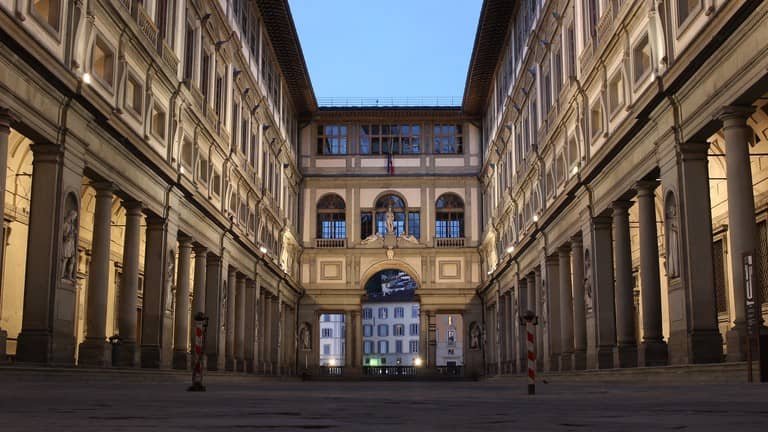
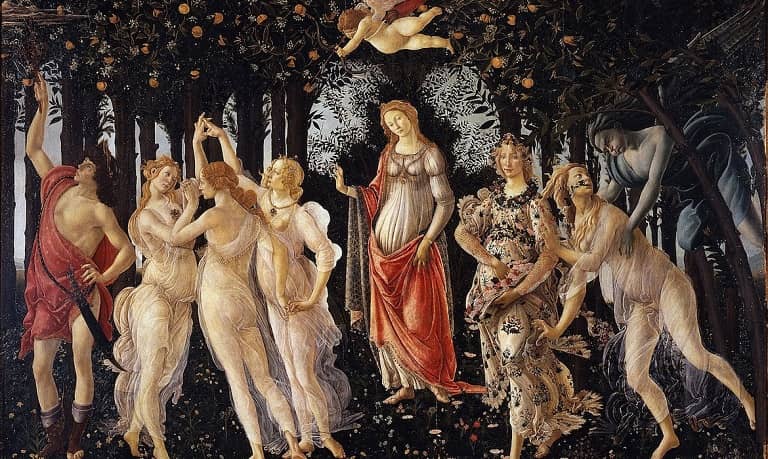
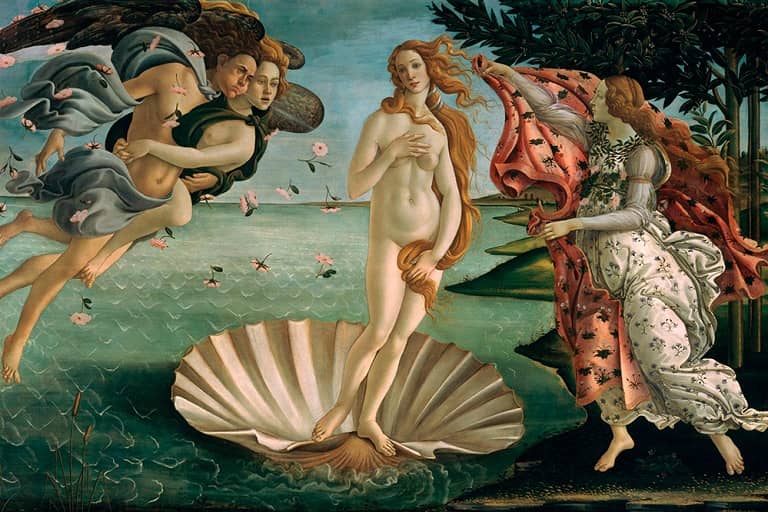
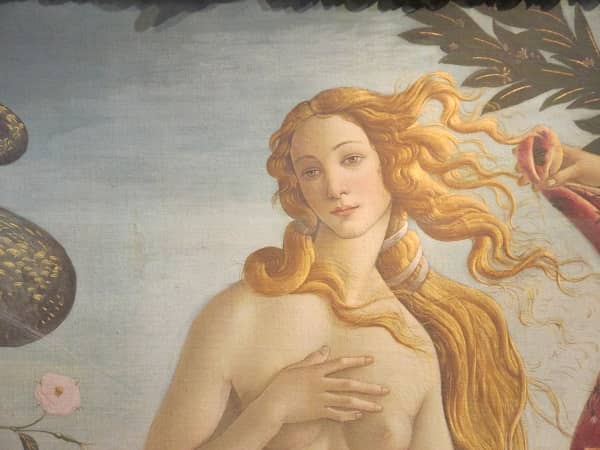
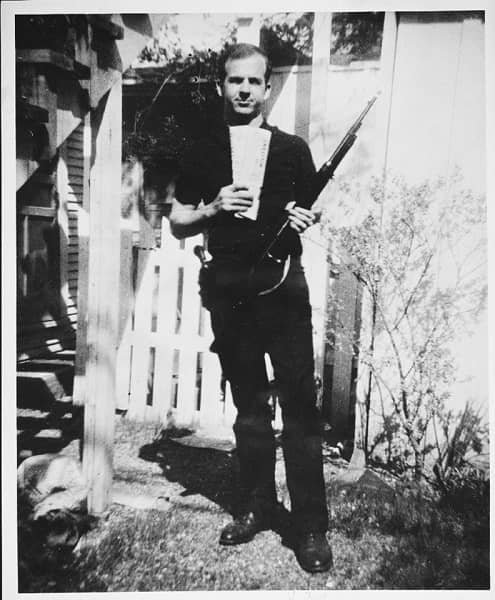
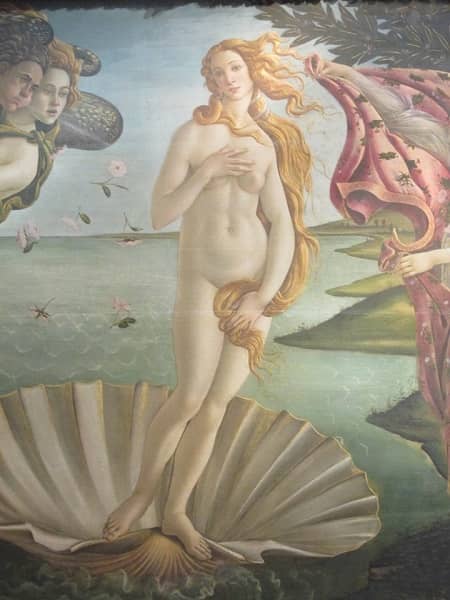
Many years ago, way back in 1973 as a callow 17 year old, I took a trip to Florence and Rome. I had a similar experience to you but hey it was Primavera that got me, not Venus. I just stared and stared. I was familiar with Venus but had no idea that Primavera existed. I suspect that, 2nd time around, I would be more bowled over by Venus. Both paintings have been favourites of mine, ever since. And you’re absolutely right about reproductions – they just don’t cut it. Neil
My moment of inexplicable beauty came in a similar way, out of the corner of my eye as well. I was visiting the Frick in NYC, once the private home of Andrew Carnegie’s hatchet man. Close to the entrance, I was looking at the organ installation at the top of the main stairs, when I caught a quick impression of something glowing off to my left. Moth to flame, I followed my snap head turn to find Vermeer’s “Officer and Laughing Girl” hanging in one of the small side galleries. Not one of Vermeer’s more notable works, it nevertheless was the first Vermeer that I had viewed in person, and it just seemed … illuminated by its own interior light. After that, I found the other 2 Vermeers (“Girl Interrupted at Her Music”, “Mistress and Maid”) almost instantly as I walked into their display areas, even when they were surrounded by other outstanding Dutch paintings. The Vermeer effect of radiance was just so immediate and overpowering.
So, now I need to get to Venice for Venus!